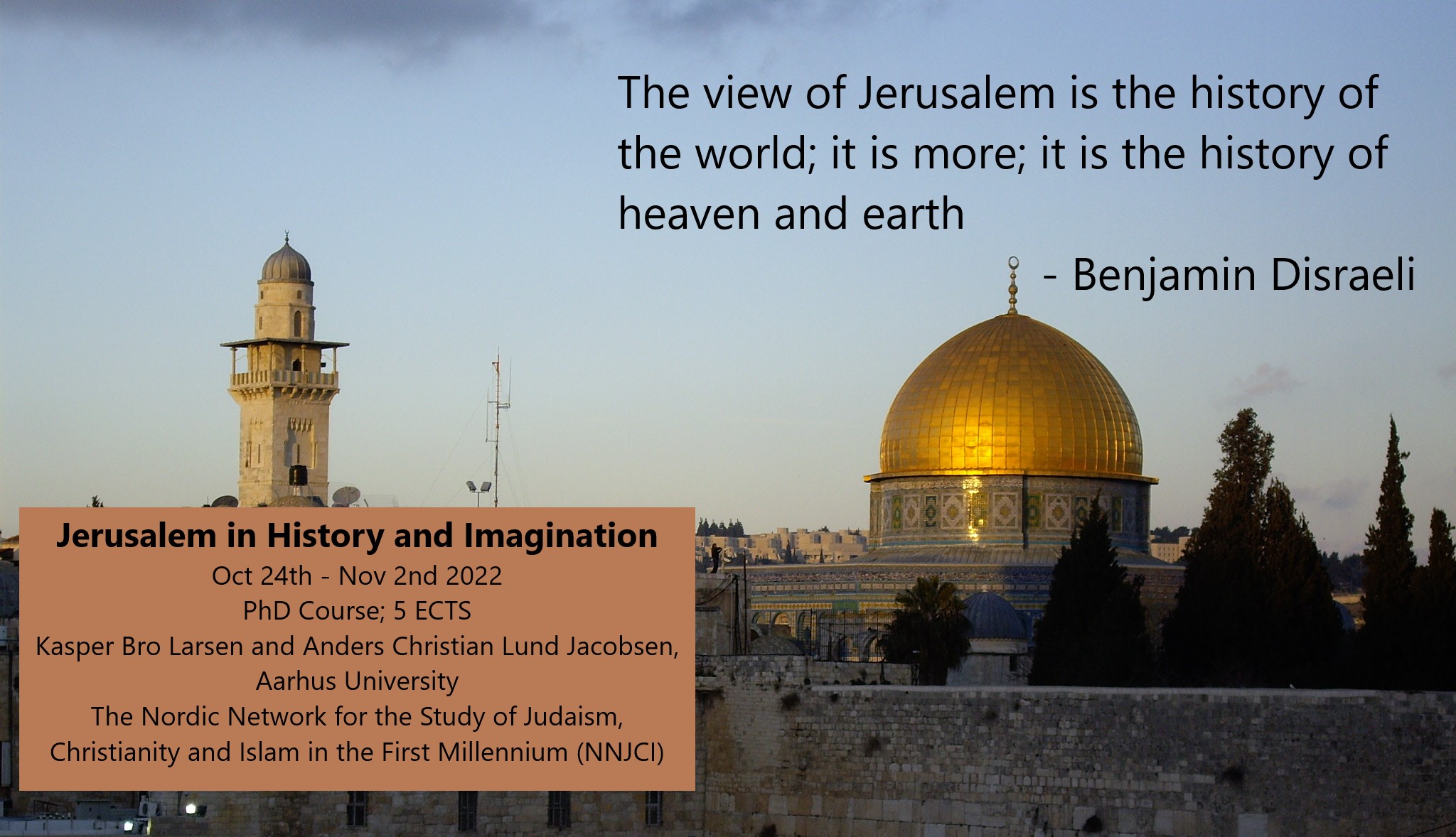
Introduction
“The view of Jerusalem is the history of the world; it is more; it is the history of heaven and earth” (Benjamin Disraeli, British prime minister, 1868, 1874–80). This PhD course investigates the historical interactions between the historical city of Jerusalem and the symbolic Jerusalem in Jewish, Christian, and Islamic imagination. The course is conducted as a combination of lectures by the course organizers, local guest lectures, excursions in Jerusalem, and student presentations. Apart from Nordic doctoral candidates, the PhD course will be attended by a group of MA students in Theology from Aarhus University.
Aim
Students will acquire knowledge of the history and ideologies surrounding a hotspot in global religion and politics. Students will, in situ, learn to analyze the interface between material geography and ideological mapping.
Preliminary Program
Day 1: Arrival. Visit to the Western Wall.
Day 2: Jerusalem in the Hebrew Bible: Silwan/City of David, the Tunnel of Hezekiah
Day 3: Jerusalem in the New Testament: The Israel Museum, Jerusalem Archeological Park
Day 4: The Byzantine Construction of the Holy Land: Mount of Olives, Via Dolorosa, the Holy Sepulcher
Day 5: Islam and the Crusades: Lectures at Hebrew University, Visit to Haram-as-Sharif.
Day 6: Zionism and the Holocaust: Mount Herzl, the Yad VaShem Museum
Day 7: Day off
Day 8: The Israel/Palestine Conflict: Visit to Bethlehem
Day 9: Group excursions
Day 10: Departure
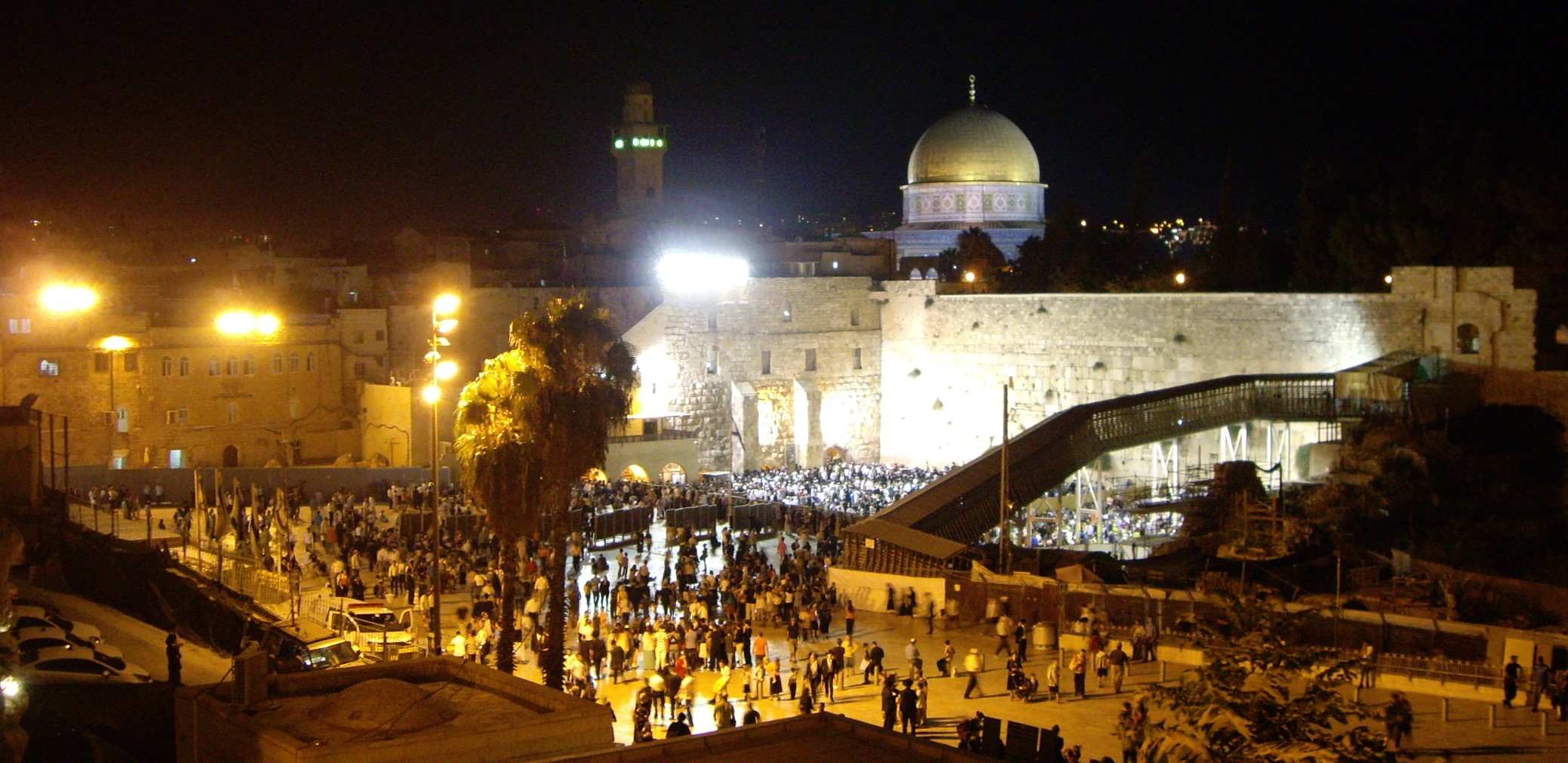
Literature (800-900 pages)
Simon Sebag Montefiore, Jerusalem: The Biography. London: Weidenfeld & Nicolson, 2011 (or later editions and translations).
Anders-Christian Lund Jacobsen and Kasper Bro Larsen (eds.), Kompendium til ”Jerusalem i historien og det forestillede Jerusalem” (collection of articles and book chapters in English).
Lecturers
Anders-Christian Lund Jacobsen (
Kasper Bro Larsen (
Course information
Lectures, guest lectures, excursions, student presentations.
5 ECTS
24 October - 2 November 2022
Jerusalem
Additional information
Price: 7000,- DKK including accommodation in double rooms, breakfast, and entrance fees.
Participants organize their own overseas travel to and from Jerusalem. Ben Gurion Airport, Tel Aviv is the closest international airport.
The travel advice of Aarhus University and the Ministry of Foreign Affairs of Denmark will be followed.
The number of participants is limited. PhD students who have not previously participated in the NNJCI PhD courses will be prioritized.
Application and payment for the course please apply here on this link: https://events.au.dk/fieldtriptojerusalem2022/conference
Application deadline: August 15th, 2022

All photos by Liv Ingeborg Lied
“When my supervisor encouraged me to sign up for the course on Andalusia, I was a bit sceptical. The subject was interesting, and a trip to Spain was very appealing, but it didn't seem to apply directly to my own research. What I found, however, was that this course covers such fascinating material in such depth that any historian could learn a great deal from taking it. It was also a great opportunity to get to know and learn from other researchers from a variety of fields, and gain their perspective on a common topic. I greatly enjoyed every moment of the trip, as I hoped I would, but I also found it incredibly enriching for my life as a professional. I would recommend this experience to anybody.”
Jesse Ophoff, PhD candidate, MF Norwegian School of Theology, Religion and Society

Diving into the medieval southern Iberian Peninsula – excursion to Andalusia
By Marika Ahonen, PhD candidate, University of Turku
The excursion to Andalusia offered an insight into the medieval southern Iberian Peninsula, where the history of coexistence of Muslims, Jews and Christians was reconsidered by travelling to various historical locations in Córdoba, Seville and Granada. Altogether 14 researchers from different backgrounds including religious studies, theology, art history and cultural history participated in the trip. Supplementary reading collected by the organisers prepared us well for the sights; among them was the main source collection of texts Medieval Iberia. Readings from Christian, Muslim, and Jewish sources edited by Olivia Remie Constable. The mythical idea of Andalusia, conviviencia, and remembering the past and the use of it, were the main themes of the excursion.
When examining and remembering medieval Andalusia, one cannot escape the concept of conviviencia that refers to the harmonic coexistence of Muslims, Christians and Jews in that era. The concept appeared for the first time in 1948 when cultural historian, Américo Castro, used it in his research about the historical identity of Spain, but of course, the idea of harmonious coexistence is older than that. In the 19th century, for example, the romantics – such as Washington Irving – discovered Alhambra and so reconstructed the mythical al-Andalusia again, making it known in many cultural products of art, music and literature. Today, the history of medieval Andalusia is very much attached to the idea of the mythical al-Andalusia, not only in the tourism of the area but also in terms of the questions raised about who has the right to use certain historical places and for what purpose. Therefore, medieval Andalusia is an interesting target for historical research in today’s global world in regards to identity and politics.
We started the excursion from Córdoba, where the Moorish power first started, continued from there to Seville, and ended the journey at the last fortress of the Moorish rule, that of Granada. This somewhat chronological order was also visible in the places we visited – especially in terms of the mosques that were turned into cathedrals. In Córdoba, the mosque-cathedral La Mezquita still has many of its characteristics left, whereas in Seville, besides the tower of La Giralda, all other characteristics of the old mosque have been replaced by a cathedral. Moreover, in Granada, there is no sight of the old mosque at all, having been completely turned into a cathedral. These changes in the visual sights represent the power of the kingdom and Catholicism. As Granada was the last place to seal the Reconquista, it was important to highlight this power for Isabel and Ferdinand in places such as the cathedral, as well as in their own tomb. After the Reconquista, Muslims and Jews were forced to convert to Christianity and finally expelled out of the country. This change was different to earlier al-Andalusia, where every religious group could privately practice their religion, as long as they stayed loyal to their rulers and paid their taxes. But was the coexistence, conviviencia, as peaceful and harmonious as the story of the mythical al-Andalusia indicates?

It is possible to examine this story more carefully through, for example, reading The Pact of ‘Umar from the book of Constable. This collection of rules dictated appropriate behaviour for non-Muslims in the medieval world. We read a version of these rules by Andalusian lawyer, al-Turtushin (d.1126) which stated that one is ordered to offer a seat to a Muslim when demanded, forbidden to practise other religions in public, and forced to wear a belt identifying one as non-Muslim. For today’s reader, these rules are reminiscent of the case of Rosa Parks and the civil rights movement in the United States, or the South African apartheid. During the excursion, we considered the concept of tolerance instead of conviviencia to describe the coexistence in a less romanticised manner. Then again, in comparison to the previous Visigoths era, the subsequent Reconquista and Inquisition, or even later violence with the Spanish civil war and Franco’s dictatorship, the story of the harmonious coexistence seems somewhat more appealing. For Américo Castro, for example, the concept of conviviencia may have been attractive as he was exiled from Franco’s Spain while writing his research.
References
Acedo, Aurelio Cid (engl. Jon Trout): The Alhambra and Granada in Focus. Edilux S.L., Granada 2007.
Baxter Wolf, K.: “Convivencia in Medieval Spain: A Brief History of an Idea”. Religion Compass, Volume 3, Issue 1. (2009). pp. 72-85.
Johnson, Bruce & Salmi, Hannu: Aistien historia: Kohteet ja menetelmät. Tulkinnan polkuja. Kulttuurihistorian tutkimusmenetelmiä. Toim. Asko Nivala & Rami Mähkä. k&h kulttuurihistoria, Turku 2013.
Coleman, David: “The Percistence of the Past in the Albaicín: Granada’s New Mosque and the Question of Historical Relevance”. In the light of medieval Spain : Islam, the west, and the relevance of the past, eds. Simon Doubleday & David Coleman, Palgrave Macmillan, New York 2008.
Constable, Olivia Remie (ed.): Medieval Iberia: Readings from Christian, Muslim and Jewish Sources. (Second edition, 2012) University of Pennsylvania Press, Philadelphia 2012.
Doubleday, Simon K.: “Introduction: ‘Criminal Non-Intervention’: Hispanism, Medievalism, and the Pursuit of Neutrality”. In the light of medieval Spain : Islam, the west, and the relevance of the past, eds. Simon Doubleday & David Coleman. Palgrave Macmillan, New York 2008, pp. 1-32.
Gibson, Ian: Federico García Lorca. A Life. Faber and Faber Limited, London 1989.
Gill, John: Andalucía. A Cultural History. Signal Books Limited, Oxford 2008.
Hintzen-Bohlen, Birgittte: Taide & Arkkitehtuuri Andalusia. Könemann Verlagsgesellschaft mbH, Köln 1999.
Pallasmaa, Juhani: Ihon silmät – arkkitehtuuri ja aistit. ntamo 2016.
Villa-real Ricardo: Historia de Granada acontamientos y personajes. Biblioteca de Escritores y Temas Granadinos, 9. Madrid 2003.
"I'm very thankful for the opportunity to travel around the northern part of Ethiopia with a learned, enthusiastic, and friendly group of scholars. Ethiopia's defiance of stereotypes and facile classification became very apparent on our trip: it's in sub-Saharan Africa, but it has a vibrant, ancient, and unique Christian history and culture. Compared to Western nations it is a poor country with large swathes of dry land, yet it is the only country in Africa to have resisted colonization. It's not Arab, but the national language is in the Semitic family and its Muslim population is arguably one of the oldest in the world. It is far away from Israel, yet it has a curious connection to Judaism that, while perhaps lost to history, continues to permeate Ethiopian identity. Equally remarkable is how much research remains to be done on Ethiopian history, religious and otherwise. Now that it is 'on our maps,' I am eager to see if and how Ethiopia may enter into our different research projects."
Lloyd Abercrombie, PhD candidate, University of Oslo
Both as student and as scholar, any change of scenery can be beneficial, but when travelling in a context very different from one’s own, we can also be exposed to some of the limitations in our imagination, as we learn about different ways of life. The seminar in Ethiopia was a learning experience that cannot be undone. It brought me to a point in which I cannot consider the history of Christianity from strictly European perspective. Visiting the many sites of Aksumite civilization and other material remains made the long history in Ethiopia vividly very apparent to us. The visits to monastic settings were also thought-provoking and inspiring for someone having a special interest in asceticism and gender.
Vilja Alanko, PhD candidate, University of Helsinki
As a scholar of Semitic languages with only a rudimentary experience of the Semitic languages of Ethiopia, the excursion gave me important insights into the Ethiopian linguistic heritage and an impetus to deepen my knowledge of these languages. Churches, monasteries and libraries in Ethiopia are the guardians of innumerable manuscripts still to be critically studied and commented upon. The Ethiopian-Orthodox tradition is an exceedingly important branch of Christianity that, sadly enough, is very little known in the rest of the world. The Ethiopian-Orthodox tradition represents a cultural heritage that is old and unique in many ways, both in its tangible archaeological remains and in a living spiritual as well as intellectual legacy.
Bo Holmberg, Professor of Semitic Languages, Lund University
As a biblical scholar who spends his time with mostly written texts, it was enlightening to see how the Ethiopian Church has rewritten and recast the biblical narrative into the very landscape of Ethiopia, essentially re-creating the story from stone and making it part of Ethiopia's heritage. And as one walks through the complex of monolith churches, it becomes easy to recognize the richness and tenacity of the tradition; this text envelopes those who visit Lalibela and demands one's full attention and participation.
Jeremy Penner, postdoc Canada
NNJCI excursion to Andalusia, 5 – 11 November 2018
The historical record of the Spanish region of Andalusia, in the south of the Iberian Peninsula, provides us with a unique look into patterns of cultural and religious coexistence and sharing, but also of exclusion, marginalization, conflict and war. For almost a millennium, from the Umayyad conquest in 711 to the expulsion of the Moriscos during the reign of Philip III (1598–1621), the Iberian Peninsula was home to sizable Jewish, Christian and Muslim populations. Traces of the interplay and exchange between these religious communities can be found in architecture and city plans, art, paintings and architectural ornaments, in manuscripts and their texts, as well as in the narratives and stories attested in them. Importantly, medieval Iberia is also part of the living memory of different religious communities inhabiting the area today. While many villages stage the battle between Christians and Moors in annual festivals, Muslim communities in Granada construct new mosques on historical ground, claiming not to convert but to revert to Islam.
Its history of religious cohabitation, cultural interchange and conflict makes present-day Andalusia a unique place to visit. This excursion takes Nordic PhD students writing on relevant topics to the three cities Cordoba, Seville and Granada. We will explore surviving material and immaterial remains of the medieval cohabitation of and interchange between Jewish, Christian and Muslim communities and study how they are utilized today. The aim of the excursion and its seminars is to increase knowledge about the history of medieval Iberia, to study the interplay between imaginations of the past and concerns of the present and to shed light on how multicultural societies today are informed by multicultural and multi-religious societies of the past.
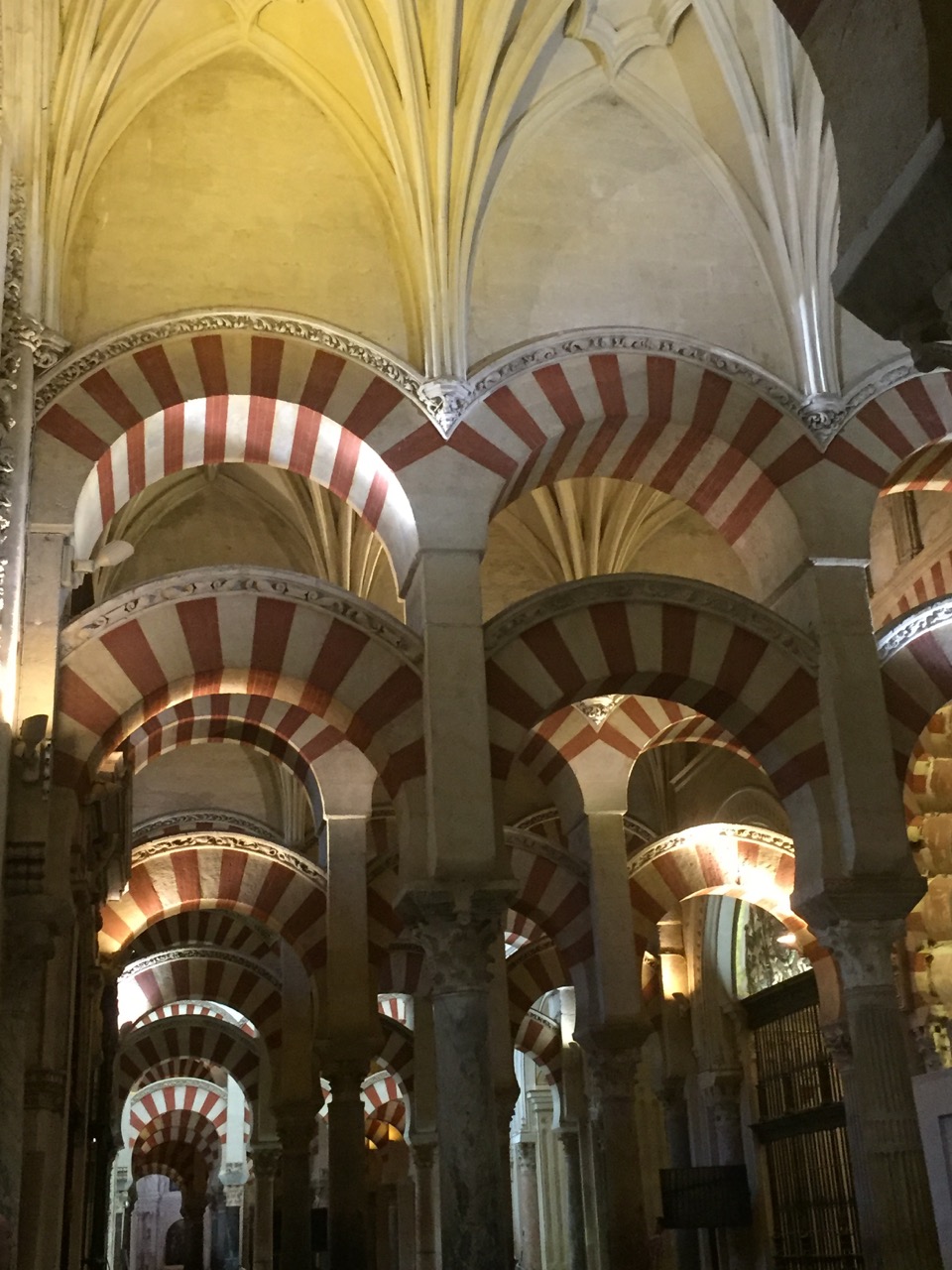
NNJCI
The excursion and seminar is the third of a number of Nordic PhD seminars arranged by the Nordic Network for the Study of Judaism, Christianity and Islam in the First Millennium (NNJCI), a network of PhD students and faculty from Nordic academic institutions.
Structure of the seminar
The duration of the seminar will be one week. The program covers the major relevant sites of Cordoba, Granada and Seville. In addition to excursions, there will be seminars and lectures. Each participant is required to read the course literature and to be prepared to engage actively in course activities.
Practical information
Participants: The number of participants is restricted to 15 students. The course is designed for Nordic PhD students, but it will also be open for advanced master’s students and postdoctoral researchers if the available places are not filled by PhD students. International PhD students are also welcome to apply.
Cost: The cost for the course is approximately 6000 NOK, excluding international airfare. This includes all domestic transport, half-board accommodation, all entrances, guide and lectures. The amount covers the actual costs of the trip. Depending on the outcome of grant applications, the costs may be reduced.
All participants are themselves responsible for booking their international flights, destination Malaga, and domestic travel from Malaga Airport to Cordoba, where the group meets (Monday, 5 November).
Other domestic travel, by train and by bus, will be organized and covered by the organizers. Participants will be accommodated in mid-range hotels, located in close connection with the main sites of each city.
Reading list: All participants should prepare for the seminar by reading approximately 300 pages. The reading list will be distributed before September 1. All students are encouraged to buy the book Medieval Iberia: Readings from Christian, Muslim and Jewish Sources, edited by Olivia Remie Constable (second edition; Philadelphia: University of Pennsylvania Press, 2012), as this collection of source texts will figure prominently in the course.
Credits: The seminar equals 5 ECTS, but participants are themselves responsible for having these credits accepted by their doctoral programmes.
Organizers: Liv Ingeborg Lied and Kristin B. Aavitsland (MF Norwegian School of Theology) and Ragnhild Johnsrud Zorgati (IKOS, University of Oslo).
Information: Follow our Facebook page (https://www.facebook.com/groups/1625904417675426/) or contact Liv Ingeborg Lied (
Application: The application deadline is 1 February 2018.
Please find the application form here.
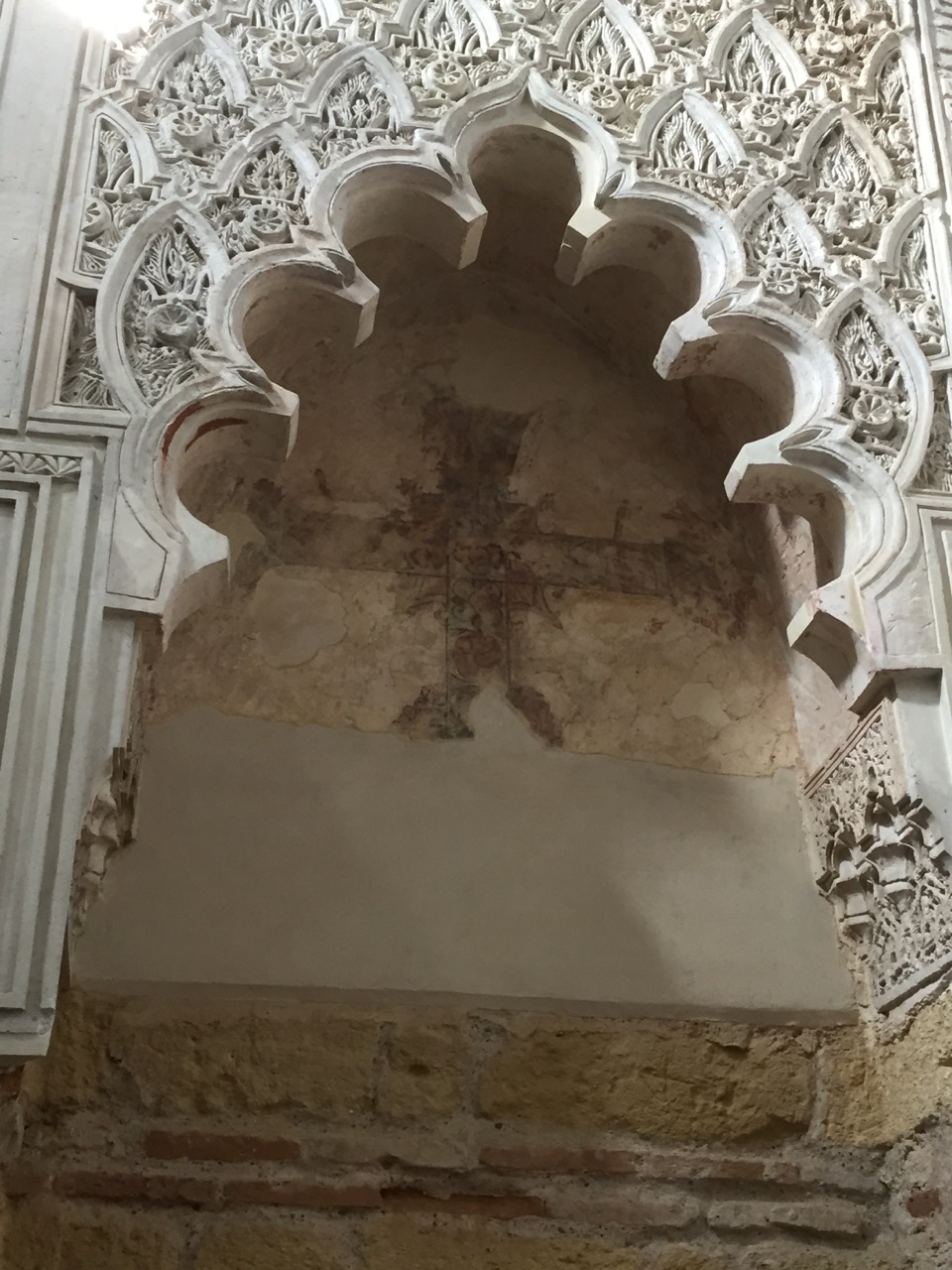
Judaism and Christianity in Rome in the First Millennium
Oct 3rd to 9th 2015
Rome (Aarhus University and the Danish Institute in Rome)
The seminar gathered 12 PhD-students from Finland, Sweden, Denmark, Norway, Italy and the UK, under the auspices of Anders-Christian Jacobsen and Birte Poulsen of Aarhus University.
The seminar was held at the Danish Institute in Rome and at various sites around the city, and in addition to Jacobsen and Poulsen there were lectures by:
Rodrigo Laham Cohen (University of Buenos Aires)
Alberto Camplani (La Sapienza, Rome)
Siri Sande (The Norwegian Institute in Rome/Oslo University)
Olof Brandt (The Pontifical Institute of Christian Archaeology, Rome)
Marianne Pade (The Danish Institute in Rome/Aarhus University)
Emanuele Castelli (University of Basel)
For a reflection from Vilja L. Alanko (Helsinki), in Finnish, please click here.
For a report in Norwegian, please click here.
Here are some photos from the seminar, as well as some reflections from participants
"Participation in Judaism and Christianity in Rome in the First Millennium seminar was a great and illuminating experience for me. I learned a lot about the evolution of Christianity and Judaism as, for example, how both rose from a relatively small scale and became to cultural giants, which is manifesting especially in catacombs, churches and other structures of Rome and Ostia. The program was well structured and versatile. There was informative lectures by leaders of the seminar and other experts, interesting seminar presentations of special topics by PhD-students and wide scope of excursions. Related to excursions, we went, for example, in some rare and interesting places, like the church of Santa Maria Antiqua on the Palatine Hill and Jewish catacombs of Vigna Randanini. I experienced that the seminar was a perfect balance of theory and practice, and I learned a lot about the evolution of Christianity and Judaism via interdisciplinary group. The seminar gave for me the big picture about the transformations of Judaism and Christianity in the first millennium, of which I am grateful."
Visa Helenius, University of Turku (Turku/Åbo, Finland)
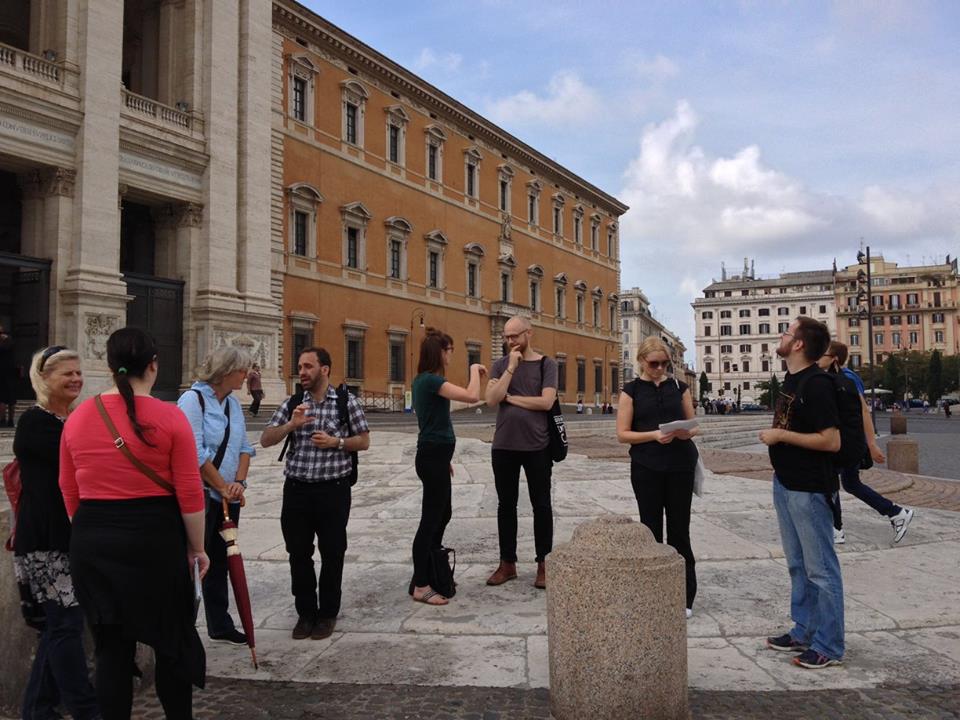
"Participating in the NNJCI seminar in Rome has offered me the opportunity to exchange ideas and research insights with fellow PhD-students across different fields and from different institutions (and countries): the seminar's interdisciplinary and inter-institutional character are highly praiseworthy; furthermore the excursions and in situ lectures really brought our research to life and, last but not least, I have been able to liaise with colleagues and we have agreed to engage in future joint-research projects. Very well done to the organisers for putting together such a fantastic seminar."
Jessica van 't Westeinde, Durham University (Durham, UK)
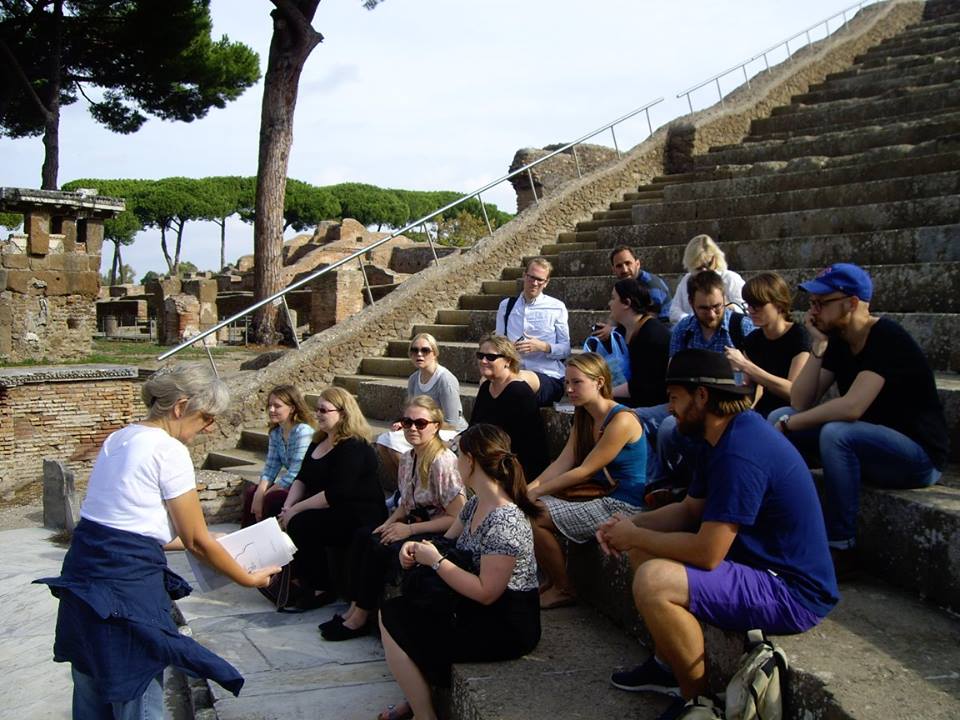
“The seminar was a refreshing chance to focus on questions about a specific geographical area (Rome, or sometimes also Southern or Northern Italy). For a student, who spends most of her time in an office studying texts which are generally very difficult to date as well as locate, the discussions in Rome about Rome and her history were enlightening and thought provoking. Even if we cannot get closer to the actual past, we can certainly become more aware of the distance between it and us, as well as more critical toward the ways in which we reproduce that past in our minds.”
Anna-Liisa Tolonen, University of Helsinki (Helsinki, Finland)
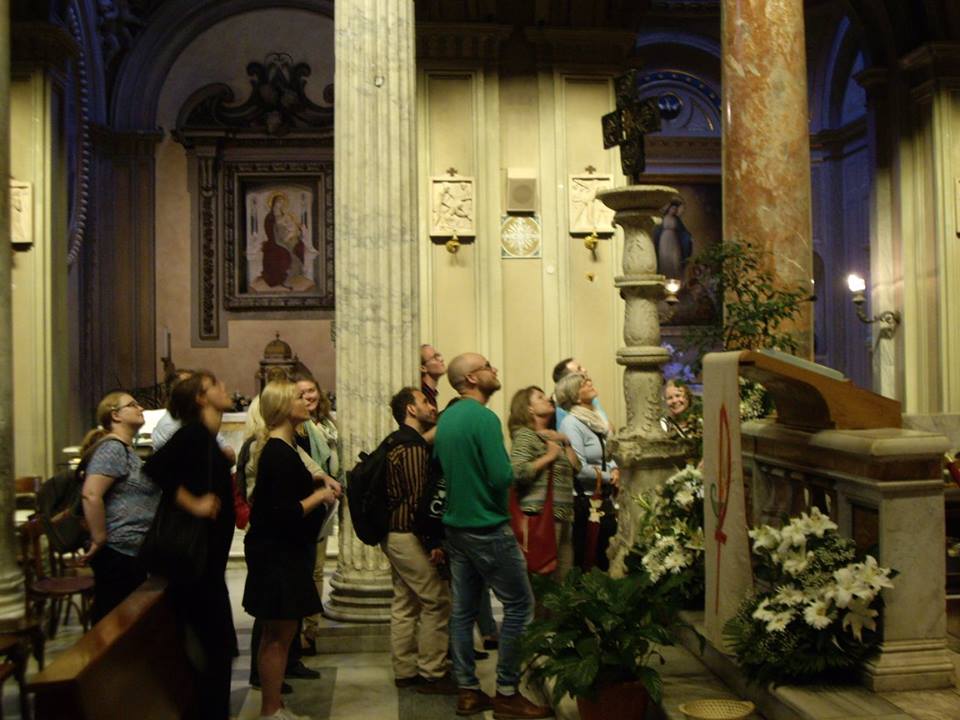
“Learning about the epigraphic practices in the Jewish and Christian catacombs, that in fact turn out to show very few markers of religious identity, has made me reconsider the importance of religious dogma in common rituals like burial.”
Nils Hallvard Korsvoll, MF Norwegian School of Theology (Oslo, Norway)
